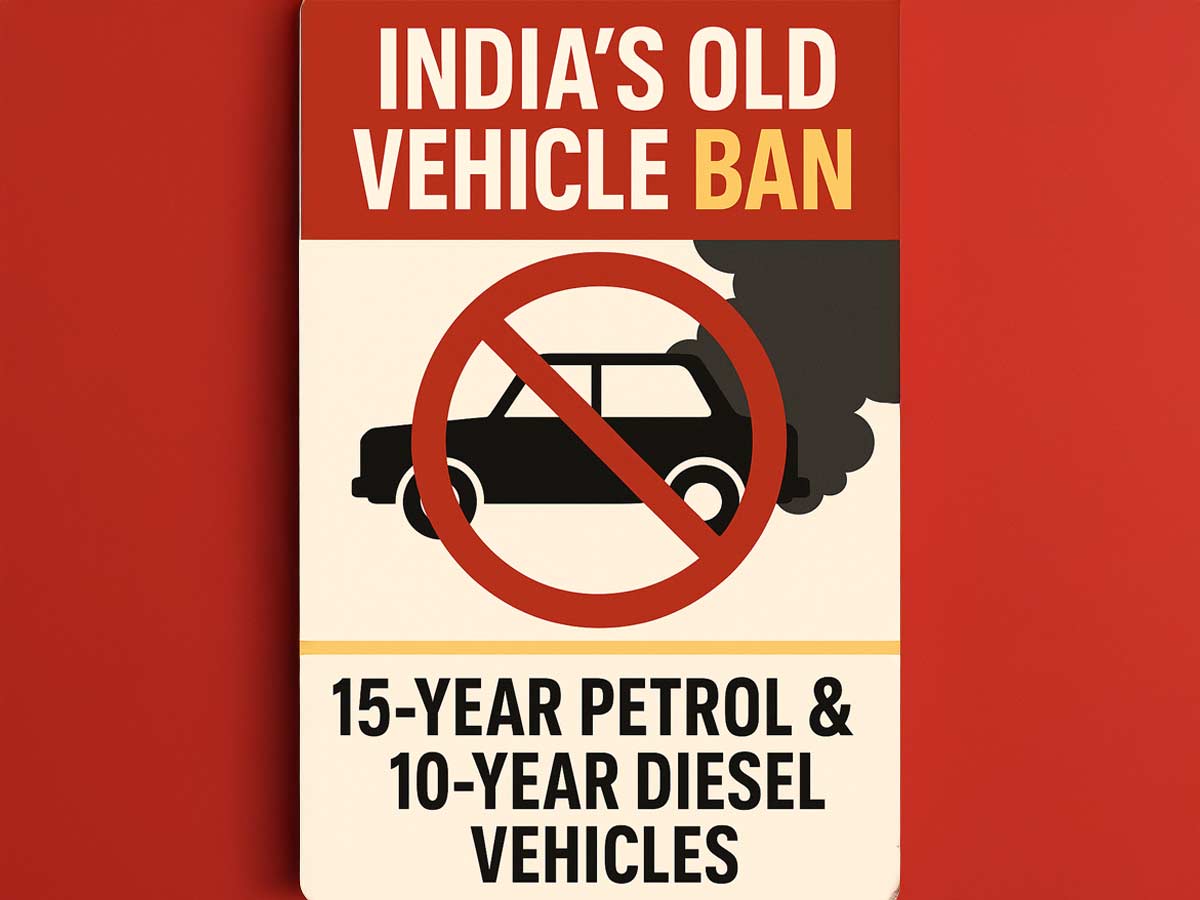A Century of Excellence
For over a century, the European automotive industry has been a cornerstone of the continent’s economy. Renowned for engineering brilliance, stylish designs, and a penchant for luxury and performance, European cars have captivated drivers worldwide. From Germany’s robust engineering to Italy’s passionate design, the European automotive landscape is a rich tapestry of cultures and automotive philosophies.
Once synonymous with opulence, speed, and technological superiority, the industry now faces a perfect storm of challenges. Stringent emissions regulations, the rapid rise of electric vehicles (EVs), geopolitical tensions, and evolving consumer preferences are forcing a dramatic overhaul.
>>> Great Discounts on Car & Bike Accessories <<<

A Heritage of Innovation
The roots of the European automotive industry trace back to the late 19th century when pioneers like Karl Benz and Gottlieb Daimler laid the groundwork for the modern automobile. Germany emerged as a powerhouse, with brands like Mercedes-Benz and BMW becoming symbols of luxury and performance.
Italy’s passion for design gave birth to iconic brands such as Ferrari, Lamborghini, and Alfa Romeo, celebrated for their breathtaking aesthetics and exhilarating driving experiences. France, known for comfort and elegance, produced Peugeot and Citroën, offering practical yet stylish vehicles. The United Kingdom, a pioneer in automotive engineering, contributed Jaguar, Land Rover, and Rolls-Royce, synonymous with luxury and craftsmanship.
Industry Giants and Their Impact
A handful of giants dominate the European automotive landscape, each with its unique strengths and market positioning.
- Germany: Home to Volkswagen, BMW, Mercedes-Benz, and Audi, Germany’s automotive industry is a powerhouse characterized by technological prowess, engineering excellence, and a strong focus on premium vehicles. Models like the Volkswagen Golf, BMW 3 Series, Mercedes-Benz S-Class, and Audi A4 are global icons.
- France: With Renault and Peugeot-Citroën as key players, France emphasizes fuel efficiency, comfort, and practical design. The Renault Clio and Peugeot 3008 are popular choices for consumers seeking stylish and affordable vehicles.
- Italy: Renowned for its design-centric approach, Italy boasts iconic brands like Ferrari, Lamborghini, and Alfa Romeo, catering to the luxury and performance segments. The Ferrari Roma and Lamborghini Huracán exemplify the Italian passion for automotive artistry.
- United Kingdom: The UK automotive industry is celebrated for heritage brands like Jaguar, Land Rover, and Rolls-Royce, and is increasingly recognized for its growing electric vehicle (EV) ecosystem.
These leading players, along with numerous smaller manufacturers, have shaped the European automotive landscape, driving innovation and setting industry standards.

Navigating a Stormy Road
The European automotive market has undergone a dramatic transformation. While traditional powerhouses like Germany, France, and Italy remain dominant, the competitive landscape is rapidly evolving. The rise of electrification has disrupted established market dynamics and spurred new entrants.
- Stricter emissions regulations: The push towards electrification and reduced carbon emissions is forcing automakers to invest heavily in battery technology and electric vehicle development.
- Economic uncertainties: Global economic fluctuations and geopolitical tensions can impact consumer confidence and demand for automobiles.
- Competition from emerging markets: The rise of automotive industries in China and other emerging markets is intensifying competition for market share.
The Electric Vehicle Revolution
European automakers have been at the forefront of electric vehicle development. Brands like Volkswagen (ID series), BMW (i series), and Mercedes-Benz (EQ series) have made substantial investments in EV technology. However, competition is fierce, with Chinese manufacturers like BYD and NIO gaining traction in the European market.
The Luxury Car Segment
The luxury car segment has been a key driver of profitability for European automakers. Brands like Jaguar, Land Rover, BMW, Mercedes-Benz, and Audi hold strong positions in this market. While the segment has shown resilience during economic downturns, it faces increasing competition from electric luxury vehicles and changing consumer preferences.
The Role of Startups
Startups are injecting innovation into the European automotive industry. These companies are addressing challenges such as electrification, autonomous driving, and mobility services. Collaborations between established automakers and startups are fostering innovation and accelerating the industry’s transformation.
Hydrogen Fuel Cell Vehicles (FCEVs)
Hydrogen fuel cell vehicles (FCEVs) offer zero emissions, longer range, and faster refueling compared to battery electric vehicles (BEVs). While promising, FCEVs face challenges like infrastructure development, high production costs, and higher vehicle prices. Europe is investing in FCEV technology, but the focus remains on BEVs.
The Impact of Geopolitical Tensions
The European automotive industry, once a bastion of stability, has been significantly impacted by increasing geopolitical tensions. These disruptions have exposed vulnerabilities in the complex, interconnected supply chains.
- Component Shortages: Disruptions in the supply of critical components have led to production halts and delays.
- Increased Costs: Rising transportation costs, tariffs, and the need for redundant supply chains have pushed up production expenses.
- Reshoring and Nearshoring: To mitigate risks, many automakers are considering reshoring production or nearshoring to regions closer to their core markets.
- Supply Chain Diversification: Companies are diversifying their supply chains to reduce reliance on single sources.

The Future of the European Automotive Industry
The future of the European automotive industry is intertwined with broader global trends. As the world transitions towards sustainable mobility, European automakers are at the forefront of developing electric and hybrid vehicles. The increasing focus on autonomous driving and connectivity is driving significant research and development efforts.
To thrive, European automakers must continue to invest in innovation, embrace new technologies, and adapt to changing consumer preferences. By leveraging their rich heritage, engineering prowess, and design expertise, the European automotive industry is well-positioned to shape the future of mobility.
Key strategies include:
- Accelerated Electrification
- Digital Transformation
- Customer Centricity
- Building Resilient Supply Chains
- Focus on Sustainability
- MaaS and New Business Models
- Government Collaboration
The European automotive industry is at a pivotal moment. By embracing innovation, sustainability, and a customer-centric approach, it can continue to be a global leader in the automotive sector.
Economic Impact and Beyond
The European automotive industry is a significant economic driver, contributing substantially to the continent’s GDP and employing millions. It is a major exporter, with cars and components shipped worldwide.
Consumer behavior is rapidly evolving. Factors like car-sharing, ride-hailing, and autonomous vehicles are reshaping the automotive landscape. To succeed, automakers must understand these shifts and offer products and services that align with changing consumer preferences.
Government policies and regulations play a crucial role in shaping the industry’s future. Incentives for electric vehicle adoption, investments in charging infrastructure, and regulations on emissions are key factors influencing the industry’s trajectory.
The European automotive industry stands at a crossroads. By embracing innovation, sustainability, and a deep understanding of changing consumer needs, it can navigate the challenges and emerge stronger than ever.




































